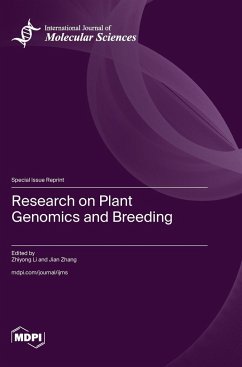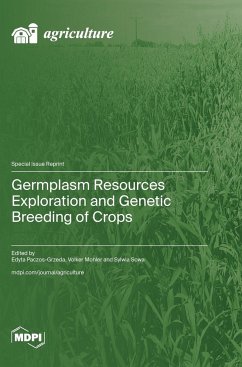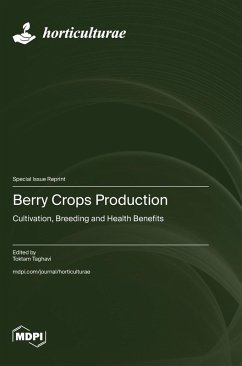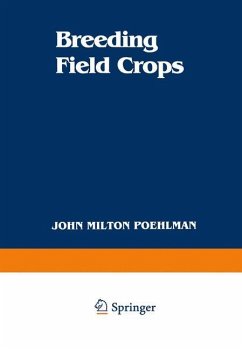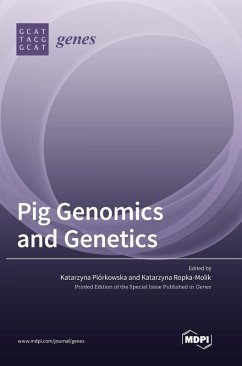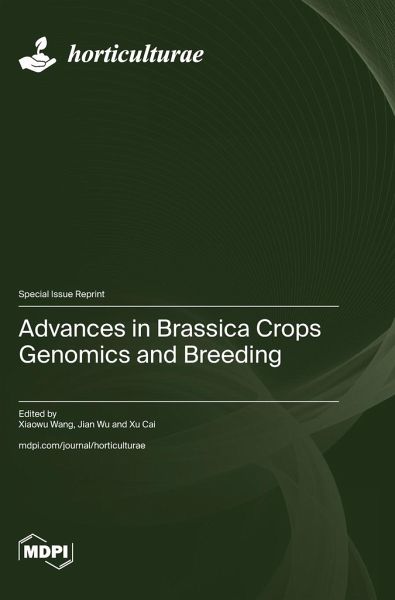
Advances in Brassica Crops Genomics and Breeding
Versandkostenfrei!
Versandfertig in 1-2 Wochen
85,99 €
inkl. MwSt.

PAYBACK Punkte
43 °P sammeln!
Brassica crops include vegetable, oil, ornamental and condimental crops. Many of these, such as Chinese cabbage, cabbage and rapeseed, are important crops cultivated globally. Brassica species are unique not only because of their economic importance but also because of the domestication of extreme morphological types, such as leafy heading, root/stem enlarging and florescence heading, in these species. Moreover, Brassica species represent several important polyploidization events, including paleo-, meso- and present polyploidization, which make them ideal as model species for the investigation...
Brassica crops include vegetable, oil, ornamental and condimental crops. Many of these, such as Chinese cabbage, cabbage and rapeseed, are important crops cultivated globally. Brassica species are unique not only because of their economic importance but also because of the domestication of extreme morphological types, such as leafy heading, root/stem enlarging and florescence heading, in these species. Moreover, Brassica species represent several important polyploidization events, including paleo-, meso- and present polyploidization, which make them ideal as model species for the investigation of polyploidization. With the fast progress that we are making in sequencing technologies, a number of genomes of Brassica crops species have been sequenced, and several high-quality chromosome scale assemblies have been obtained. Moreover, the large-scale resequencing data of germplasm resources of B. rapa, B. oleracea and B. napus have been made available, which allow GWAS and domestication analysis in these important crops. This Special Issue contains studies and reviews focusing on Genomic Exploration, Functional Genomics and Molecular Marker-Assisted Breeding in Brassica crops. These research findings will contribute to advancements in breeding research conducted on Brassica crops.






